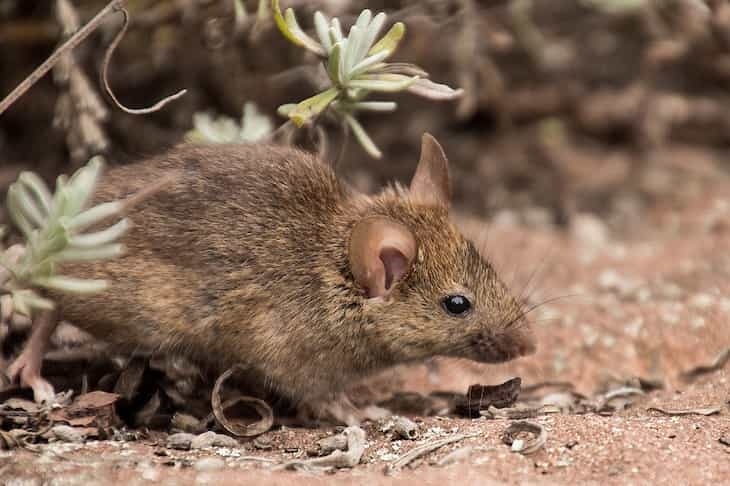Of the many pests, mice can be one of the most annoying ones, because they can cause lots of damage to your food and items.
It's not always easy to get rid of them, but it's always easier to fight mice when there aren't too many of them yet.
Here are some important signs that might help you identify the mice in your house.

Droppings
Look for small, dark droppings around your home, especially in cupboards, drawers, or along baseboards.
Gnawed Items
Mice love to chew. Check for gnaw marks on food packaging, wires, or furniture.
Nesting Materials
Mice create nests using shredded paper, fabric, or insulation. Find these materials in hidden corners.
Strange Smells
An unusual, musky odor may indicate mice. They leave behind scent markings.
Noises
Listen for scratching or squeaking sounds, especially at night. Mice are more active when it's quiet.
Grease Marks
Mice have greasy fur, leaving smudges on walls or surfaces they frequently touch.
Footprints
Check for tiny footprints or tail marks in dusty areas. These can indicate mouse activity.
Pet Behavior
Pay attention to your pets. Cats and dogs may act differently if they sense mice.
Holes and Entry Points
Inspect your home for small openings or holes. Mice can squeeze through tiny spaces.
Food Packages
Check food containers for nibbled edges or holes. Mice can contaminate stored food.
Unexplained Damage
Mice may damage furniture, insulation, or even books. Look for unexplained wear and tear.
Visible Mice
In some cases, you might spot a mouse. They are most active during the night.
Previously, we talked about shoes that one size too large.












